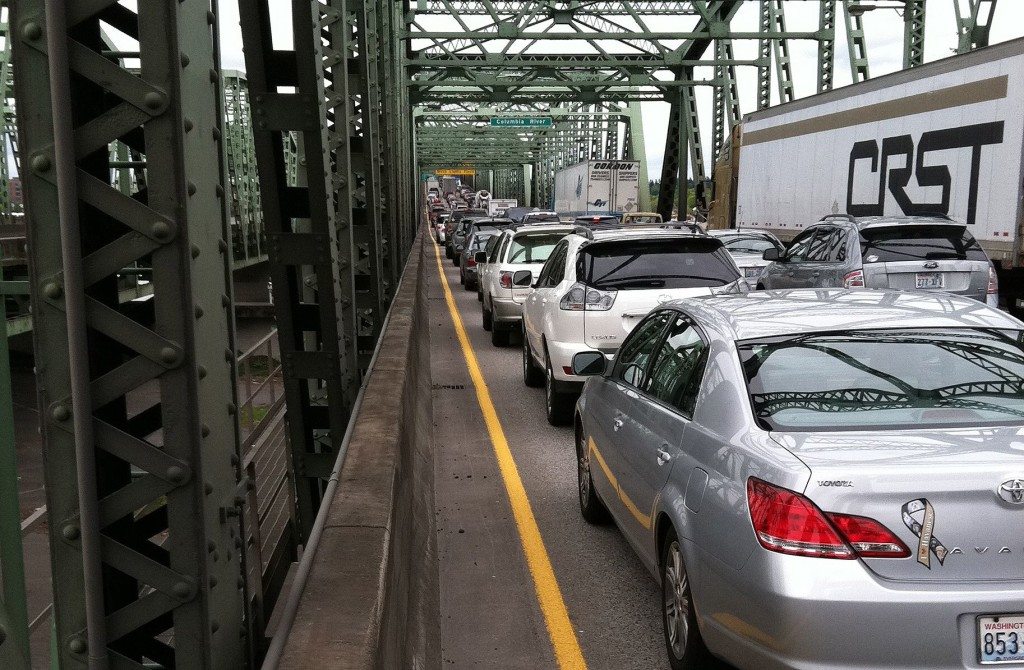Bridge lift or accident? The thought crosses the minds of many drivers as they sit in stopped traffic headed toward the Interstate 5 Bridge, debating whether to turn off their ignition.
On the current bridge, lifts can occur anytime other than during the weekday rush hour — between 6:30 to 9 a.m. and from 2:30 to 6 p.m. — with most lifts occurring directly after the morning prohibition ends: Between 9 and 11 a.m.
This could change on the replacement. Of course, if a fixed-span bridge is built like Interstate Bridge Replacement Program Administrator Greg Johnson believes is likely, there will be no need for bridge lifts.
But if a replacement drawbridge is selected, program officials are talking to the Coast Guard about restricting bridge lifts to between 1 and 4 a.m.
Program officials will study daytime openings, as well, as part of the draft supplemental environmental impact statement to get a full picture of the possible implications of a moveable span, two of which are equity and safety.
“If we’re doing lifts only in the night, that’s impacting folks who work that third shift,” Johnson said. “Those are folks who are generally not white-collar workers, those are folks who are generally lower income and have to work and have to drive.”
Backups caused by nighttime bridge lifts could also be dangerous; most drunk-driving accidents occur during the night.
An annual average of 260 lifts occurred on the Interstate 5 Bridge between 2015 and 2019, with an average of 153 caused by vessels and 98 caused by maintenance, according to a report on moveable span options the bridge replacement program published in November.
The number of vessel-caused lifts could decrease on a replacement drawbridge depending on the height of its highest segment.
At 72 feet — the same height as the highest section on the current bridge — and 95 feet of clearance, there would be 157 and 154, respectively, vessel-caused bridge lifts per year, according to the same report.
Alternatively, at 116 feet of clearance — the same height proposed for a fixed-span bridge — the program estimated 85 vessel-caused lifts caused by nine vessels if there was a drawbridge there instead.




